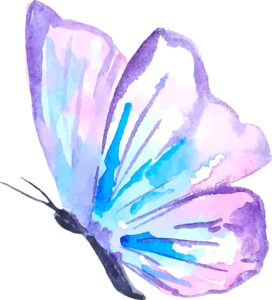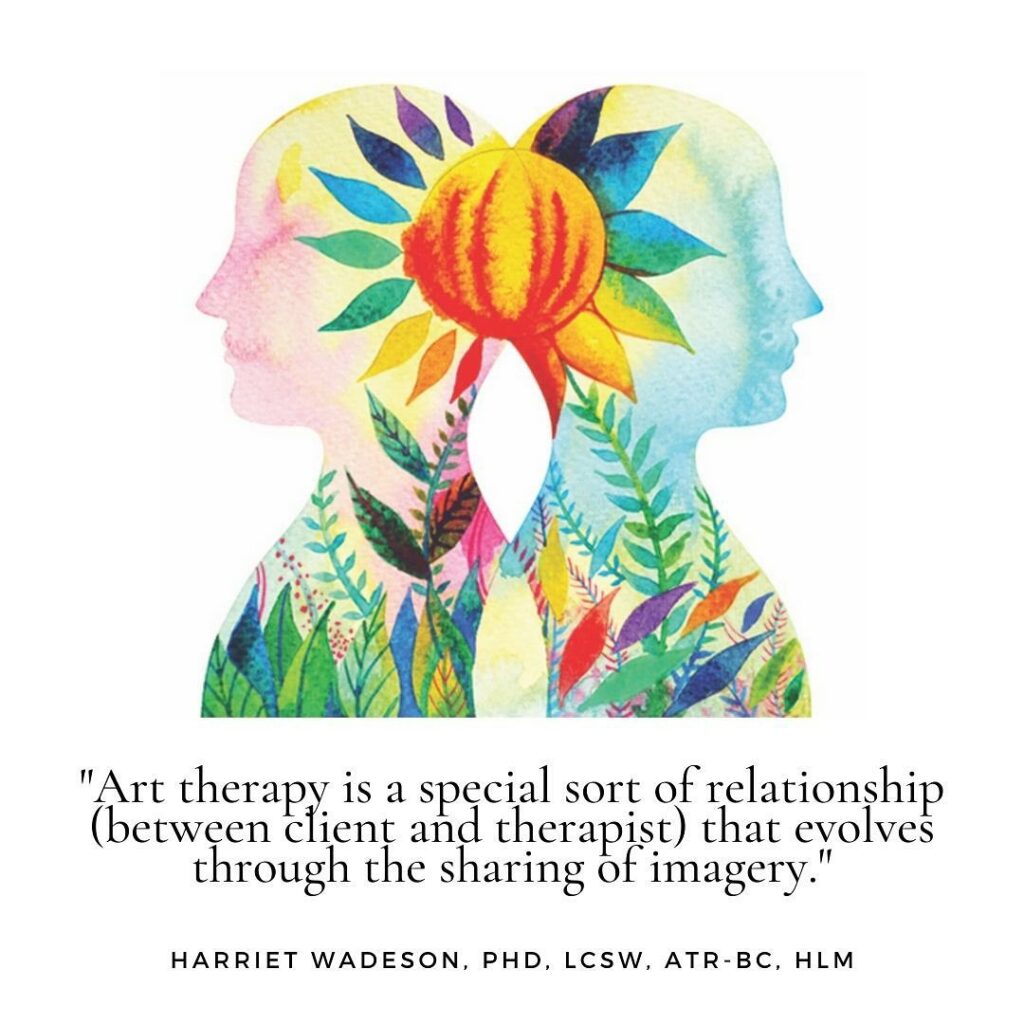 Art therapy is a creative therapy which encourages the use of creativity as a primary mode of expression, communication and for healing.
Art therapy is a creative therapy which encourages the use of creativity as a primary mode of expression, communication and for healing.
Art therapy is especially recommended for individuals who find it hard to put into words their experiences, thoughts and feelings. The art-making process helps the client work through their thoughts and emotions, and the artwork produced often helps make these more ‘visible’ and ‘tangible’ to the client. Art therapy offers a more sensory experience to traditional talk therapies, as you can experience the contact of the materials on you skin, which can be a very empowering experience, and may help individuals with self-regulating their emotions. Clients can choose from a wide range of art materials, such as paints, clay, felt-tip pens, pencils or craft supplies, to express themselves with. Art therapy offers you flexibility, choice and autonomy, and you can choose to express yourself either verbally, or non-verbally. The emphasis is not only on the finished artwork, it is also very much about how you choose to make it, and the process you go through whilst creating it. Artworks are often full of symbolic meaning, which may represent different aspects of the an individual’s self, experiences, thoughts, and emotions and can connect to their unconscious.
Art therapy is beneficial to mental health and wellbeing in a number of ways, as it helps individuals with issues of low self-esteem, and encourages autonomy, creativity, self-awareness and resilience. You do not need to be ‘good’ at art, to engage in art therapy sessions. Art therapy is particularly good for children, young people and adults who are neurodivergent, or who have experienced trauma.
 Art psychotherapy is a creative type of psychotherapy. The fundamental part of any psychotherapeutic treatment, is the therapeutic relationship with the therapist. It is always important to let your therapist know what you find helpful and let them know what’s comfortable for you. Art psychotherapy works with a unique dynamic, a triangular relationship, which forms between the client, the therapist and the artwork. The symbolic content of the artwork enables a more concrete idea of the thoughts and emotions that are being experienced, and encourages reflection, interpretation and mentalisation. Once you have finished creating your artwork, the therapist will often invite them to reflect and think about it. This opens up the opportunity for a dialogue and connection to happen between the art, the therapist and the client.
Art psychotherapy is a creative type of psychotherapy. The fundamental part of any psychotherapeutic treatment, is the therapeutic relationship with the therapist. It is always important to let your therapist know what you find helpful and let them know what’s comfortable for you. Art psychotherapy works with a unique dynamic, a triangular relationship, which forms between the client, the therapist and the artwork. The symbolic content of the artwork enables a more concrete idea of the thoughts and emotions that are being experienced, and encourages reflection, interpretation and mentalisation. Once you have finished creating your artwork, the therapist will often invite them to reflect and think about it. This opens up the opportunity for a dialogue and connection to happen between the art, the therapist and the client.
Art psychotherapy offers a way of observing and exploring the organisation of your inner self, and more specifically, your unconscious. Your art therapy journey is both a journey of self-discovery and an opportunity to use creativity and your imagination to problem-solve. It can be messy and it can be fun!
Art therapy has its roots in psychoanalysis, art teaching, and art-making for healing purposes. Places where art therapists work include: schools, residential homes, prisons, perinatal centres, hospitals, mental health wards, refugee centres ad many other different types of settings.

